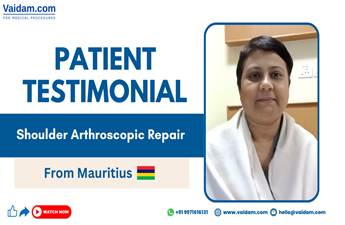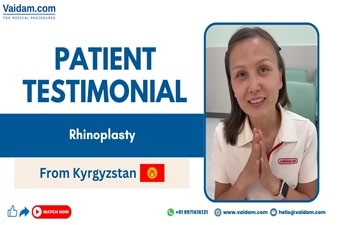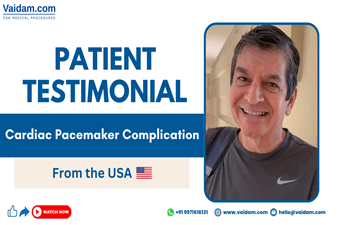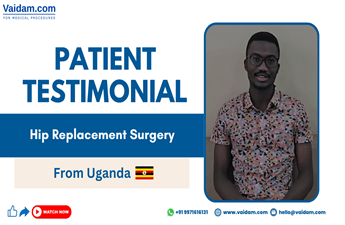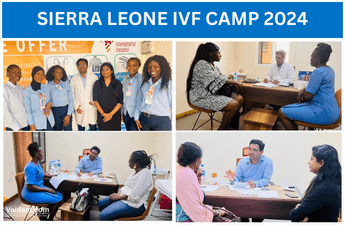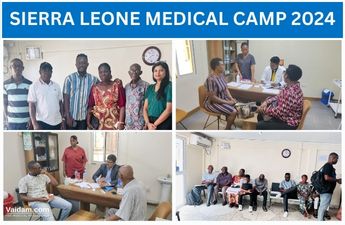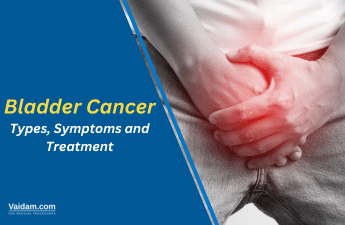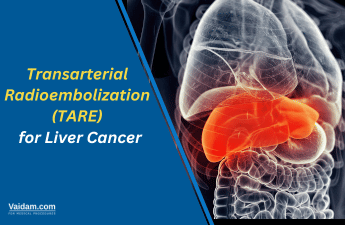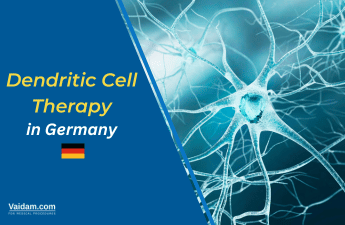
Over the last 20 years, radiology has developed from being used purely for diagnostic imaging to being a central component of multidisciplinary treatment concepts for cancer. In addition to curative therapies, such as radiofrequency ablation, resection, and transplantation within, transarterial chemoembolization (TACE) emerged as an essential procedure in treating non-resectable cancers.
Germany, a country at the forefront of medicine, provides patients with quality treatment with the help of highly qualified specialists and the latest cutting-edge equipment.
In Germany, innovative treatments are used and developed for treating advanced and non-resectable cancers. These treatments include brachytherapy, immunotherapy, surgical treatment with an endoscopic method or with operating robotic systems, and, of course, TACE.
The results of TACE therapy are excellent in German hospitals. In most patients, it is possible to achieve complete recovery; in others, TACE can slow down the disease progression.
Get in Touch with Medical Experts
What is TACE?
TACE uses a combination of local delivery of chemotherapy to a cancerous tumor. This is followed by the blockade of the blood vessels through a synthetic material called embolic agents. The embolic agents kill the tumor by cutting off the tumor's blood supply and trapping the chemotherapy within the tumor.
TACE, widely used to treat liver cancer, can also be used in patients whose tumors are non-resectable and have spread to other body areas. TACE can also be combined with surgery, ablation, radiation therapy, or chemotherapy depending on the type and location of the tumor.
How is TACE Performed?
A specially trained Interventional Radiologist performs TACE in a radiology room.
Imaging tests required before the procedure include:
- CT scan
- MRI with contrast
These imaging tests map the path of the blood vessels that feed the tumor.
Steps in the TACE procedure:
- The patient is given Allopurinol injection to protect the kidneys from chemotherapy and the byproducts produced by the dying tumor cells.
- Once the patient is sedated, the doctor makes a minimal skin incision.
- Through the incision, a thin catheter is inserted into the artery and advanced to the tumor site.
- At the tumor site, anti-cancer drugs are released through the catheter.
- Once the chemotherapeutic agent is completely injected, the doctor embolize the feeding arteries.
- After completion of the procedure, the doctor removes the catheter and applies some pressure on the artery to stop the bleeding or may use a closure device to seal the puncture in the artery.
- The tiny incision in the skin is then covered using a dressing.
The procedure is usually completed within 90 minutes. Still, depending on the artery accessed and if a closure device was used, the patient can expect to stay in the recovery room for 2-6 hours and can be discharged from the hospital in 1-2 days. The patient is then given some antibiotics to prevent any infection and may also be given some medication to stop nausea and pain.
Follow Up after TACE Procedure
After the procedure, the patient is scheduled for an additional CT or MRI scan and blood tests to determine the procedure's success rate.
What is the Cost of TACE in Germany?
The cost of TACE varies depending on the tumor location, size, and the number of sessions required.
In Germany, the cost of TACE in specialized hospitals ranges from 3800 USD to 6550 USD per session.
This amount covers the cost of the following:
- Initial clinical and laboratory examination
- Pre-therapy CT scan
- Cost of procedure
- Follow-up CT scan
- Elaboration of recommendations for future treatment
What are the Applications of TACE?
TACE, a catheter-based angiographic procedure, uses real-time image guidance to ensure optimal outcomes. Combining regional chemotherapy and embolization ensures synergistic anti-tumor effects while reducing systemic drug levels and toxicity.
TACE is the standard of care for Hepatocellular carcinoma (HCC), but it also serves as a bridging therapy until a liver transplant is available. It is also used to treat liver metastases of colorectal or neuroendocrine tumors.
TACE therapy is typically administered in multiple sessions at set intervals to manage cancer growth. Image-guided therapy can reduce toxicities associated with TACE treatment and positively impact the patient's survival and quality of life.
What are the Risk Factors Associated with TACE?
Any procedure that includes penetration through the skin or in blood vessels includes some risks. The risk associated with TACE are:
- Bruising at the site of puncture of the vessel
- Infection
- Bleeding from the vessels
- Allergic reaction to the contrast material
- Thrombosis, especially in children
- Kidney damage in diabetic patients or with other pre-existing kidney diseases
The risks mentioned above are rare and can be avoided with proper pre and post-surgical care.
What are the Side Effects of TACE Procedure?
TACE is a safe procedure that does not include any severe side effects, but still, some side effects that are associated with the procedure are:
- Nausea
- Thrombocytopenia
- Anemia
- Leukopenia
Who is a Candidate for TACE?

TACE is most effective for patients suffering from metastatic tumors present in the liver either due to primary liver cancer or as a metastasis from other body organs.
The following criteria indicate TACE cancer treatment:
- The patient cannot undergo resection due to advanced cancer without metastatic spread.
- The patient with HCC may be eligible for bridging therapy while waiting for a liver transplant.
- The patient still has a sufficient remaining liver function.
- The patient has multiple liver metastases from various types of cancer, including colorectal cancer, which cannot be removed and are resistant to standard systemic therapy.
Cancers that can be treated with TACE include the following:
- Primary cancer in the bile ducts in the liver (cholangiocarcinoma)
- Primary liver cancer (hepatoma or HCC)
- Metastasis of tumor to the liver from other parts of the body, including:
- Colon carcinoma
- Breast carcinoma
- Sarcomas
- Pancreatic islet cell tumors
- Neuroendocrine tumors
- Ocular melanoma
Apart from the above-mentioned hepatic lesions, TACE can also be performed for non-resectable cancers or cancers requiring a size reduction before surgery can be performed.
Who is Not a Candidate for TACE?
TACE is not carried out in patients suffering from the following conditions:
- Liver dysfunction or failure
- Prior reconstruction of bile duct
- Kidney dysfunction or failure
- Total bile duct obstruction
- Blood clotting disorders
Where to Undergo TACE in Germany?
The leading German hospitals providing TACE for unresectable cancers are:
- Ludwig Maximilian University Hospital, Munich: The hospital has been awarded numerous certificates and awards for excellent service and quality, including the ISO 9001:2015 certification, IQM quality management certification, and an award from German health insurers. The facilities available are the CCC M Oncology Centre of Excellence, Bavaria's largest transplant center TxM and the Centre for International Health (CIH).
- University Medical Center Hamburg-Eppendorf, Hamburg: It is accredited with ISO 14001 and ISO 9001 due to its quality medical services. UKE is home to the Martini-Klinik, which is the world's leading clinic for the treatment of prostate cancer. The hospital's medical treatment, science, and research facilities are internationally renowned.
- University Hospital Bonn, Bonn: Focus magazine has ranked it among the top ten hospitals in Germany. The hospital is equipped with advanced navigation, surgical, and monitoring systems. In 2007, the hospital's cancer center became one of the four winners in the Cancer Centers of Excellence competition.
- University Hospital of Cologne: The hospital is one of the most outstanding medical centers in Germany. It is recognized as an important research center and an active driver of medical innovation. Every year, more than 370,000 patients are treated at the Cologne University Hospital, of which more than 63,000 are inpatients.
To Conclude
Almost 70% of the patients will witness a reduction in the size of tumors and an improvement in the organ's function after the TACE procedure. The procedure also helps improve the quality of life and survival rates, depending on the type of cancer. In Germany, it is easier for patients to recover with minimal complications.



